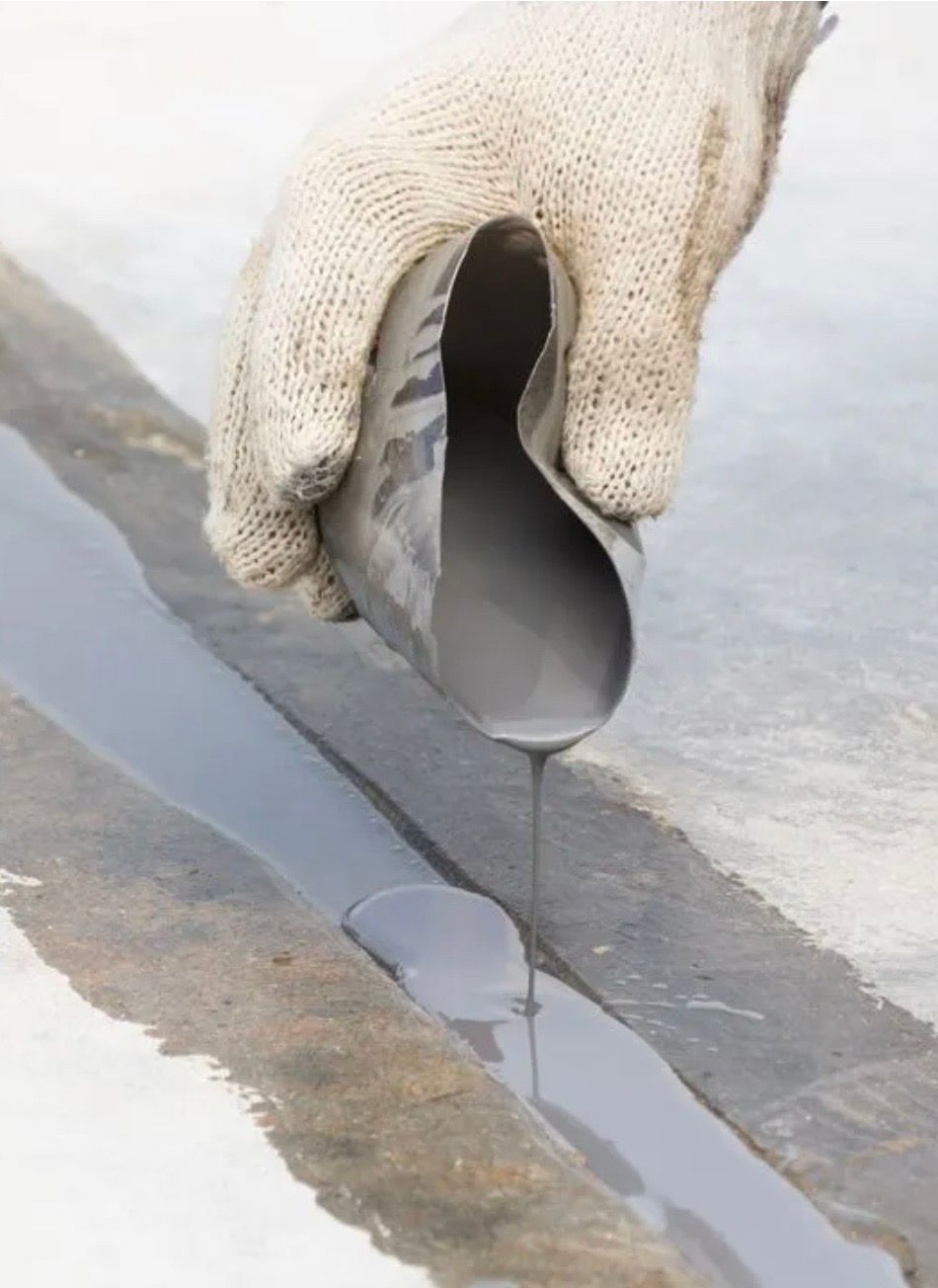
Concrete CRACK REPAIR

Keep Cracks from Spreading
Get Expert Concrete Crack Repair in Eagle, Caldwell, Nampa, Boise & the Treasure Valley
Cracks in your concrete driveway, sidewalk, patio, or floor can be more than just an eyesore—they can signal deeper structural problems if left unaddressed. At Leveled Up Concrete Inc., we specialize in professional concrete crack repair services across Eagle, Caldwell, Nampa, Boise, ID, and surrounding Treasure Valley communities. From fine surface cracks to structural damage, our experienced team has the tools, materials, and knowledge to repair your concrete the right way.

Understanding Different Types of Concrete Cracks
Not all cracks are the same. Identifying the type of crack in your concrete is the first step toward an effective and lasting repair. Here are the most common concrete cracks we repair:

Shrinkage Cracks
Cause: Occur during the drying process as water evaporates from the freshly poured concrete.
Appearance: Fine, superficial cracks that usually don’t affect structure.
Prevention: Proper curing and additives during installation..

Overloading Cracks
Cause: Too much weight placed on the slab—common under dumpsters or heavy equipment.
Appearance:
Large cracks or crushing damage.
Tip:
Choose a concrete mix with the right PSI for your load-bearing needs.

Hairline Cracks
Cause:
Natural settlement during curing.
Appearance: Thin but deep cracks that worsen over time, especially in freeze-thaw cycles.
Solution:
Keep sealed to prevent moisture infiltration and freezing.

Settling Slab Cracks
Cause: Poor soil compaction beneath the concrete.
Appearance: Varying in width and length, these cracks often appear when the soil begins to shift.
Solution: Use polyurethane foam to fill voids and lift slabs for lasting stability.

Expansion Cracks
Cause: Concrete expands in the heat and contracts in the cold.
Appearance:
Usually near or in expansion joints.
Prevention: Proper joint placement during installation.

Heaving Cracks
Cause: Freezing water or frost pushes the concrete upward.
Prevention:
Ensure good drainage and use insulation where needed.

Our Concrete Crack Repair Services
At Leveled Up Concrete Inc., we offer customized repair methods based on the crack type, location, and severity. We serve both residential and commercial clients across the Treasure Valley.
- Concrete Resurfacing (for Crazing & Fine Surface Cracks): Fine, shallow surface cracks (crazing) are typically cosmetic. We resurface and blend these areas using a fine filler powder, giving the slab a fresh, smooth look.
- Epoxy Injection & Foam Stabilization (for Structural Cracks): For deeper or wider cracks that affect structural integrity, we inject polyurethane foam to stabilize the slab and fill voids. We then finish with epoxy or crack filler, depending on the crack size.
- Patching & Polyurethane Caulk (for Small Cracks & Expansion Joints): For cracks up to 1/4 inch wide, we grind the area to clean and open the crack, then fill it with patching compound or polyurethane caulk. For expansion joints, we may also use Trim-A-Slab for a clean, attractive finish.


Don’t Let Cracks Get Worse—Fix Them Today
The longer you wait, the more expensive your repair can become. Whether you're dealing with a cosmetic issue or early signs of slab movement, our concrete crack repair experts in Boise and the Treasure Valley are here to help. Call Leveled Up Concrete Inc. at (208) 330-0051 or contact us online to schedule your free concrete crack evaluation today.



